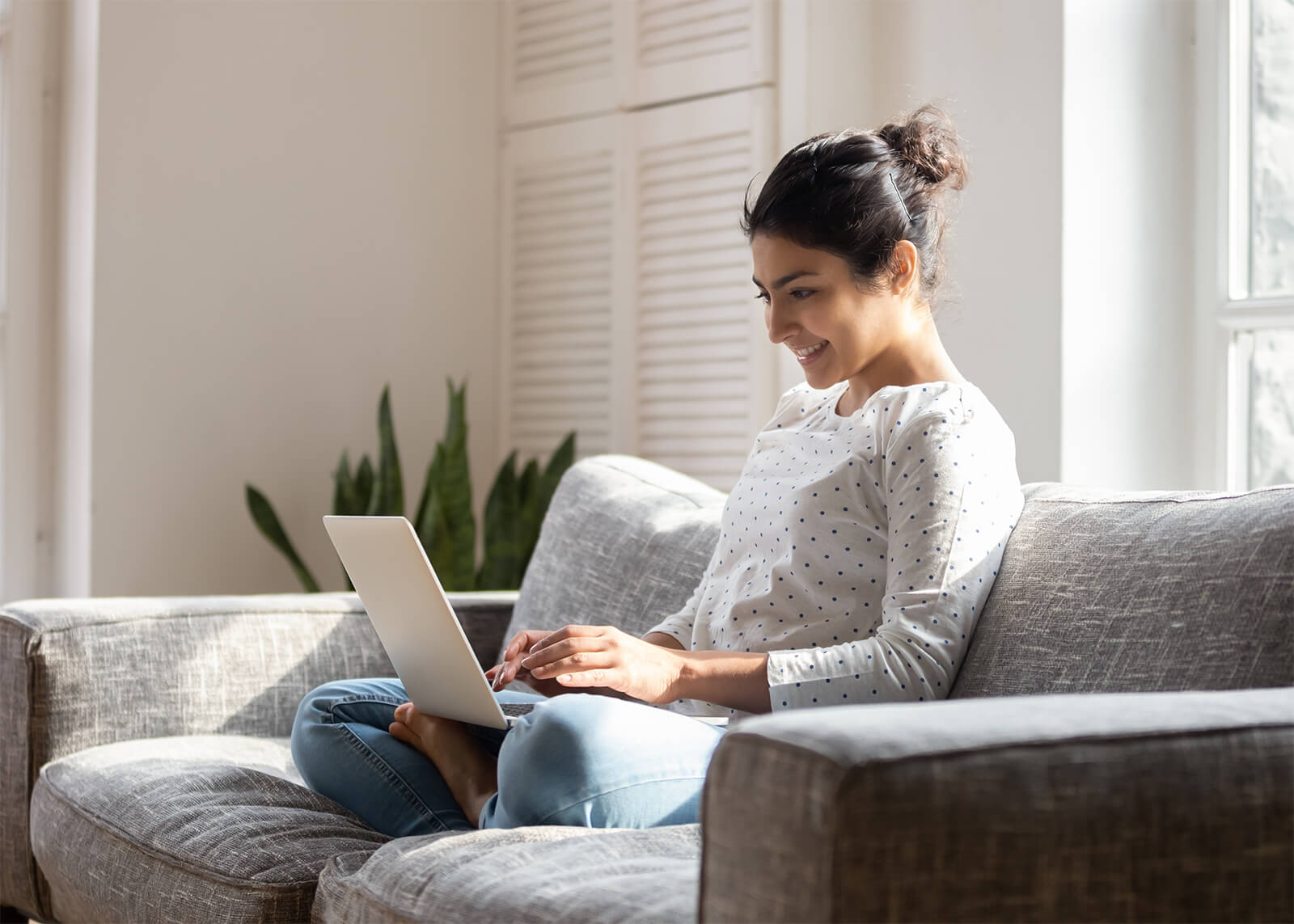Posted by: Associates in Ophthalmology (NJ) in Uncategorized
Keep an Eye on Ultraviolet (UV) Safety
We all use sunscreen to protect our skin during the warmer months, but don’t forget to protect your eyes as well. Summertime means more time spent outdoors, and studies show that exposure to bright sunlight may increase the risk of developing cataracts, age-related macular degeneration and growths on the eye, including cancer. The same risk applies when using tanning beds, so be sure to protect your eyes from indoor UV light as well.
“UV radiation, whether from natural sunlight or indoor artificial rays, can damage the eye’s surface tissues as well as the cornea and lens,” said Michael Kutryb, MD, an ophthalmologist in Edgewater, Fla., and clinical correspondent for the American Academy of Ophthalmology. “Unfortunately, many people are unaware of the dangers UV light can pose. By wearing UV-blocking sunglasses, you can enjoy the summer safely while lowering your risk for potentially blinding eye diseases and tumors.” It is important to start wearing proper eye protection at an early age to protect your eyes from years of ultraviolet exposure.
Follow these tips to protect your eyes from the sun:
•Select sunglasses that block UV rays. Don’t be deceived by color or cost. The ability to block UV light is not dependent on the price tag or how dark the sunglass lenses are.
•Make sure your sunglasses block 100 percent of UVA and UVB rays.
•Choose wraparound styles. Ideally, your sunglasses should wrap all the way around to your temples, so the sun’s rays can’t enter from the side.
•Wear a hat in addition to your sunglasses. Broad-brimmed styles provide the best protection for your eyes.
•Don’t rely on contact lenses. Even if your lenses have UV protection, remember to wear your sunglasses, too.
•Don’t be fooled by clouds: the sun’s rays can pass through haze and thin clouds. Sun damage to eyes can occur anytime during the year, not just in the summertime—so be sure to wear sunglasses whenever you’re outside.
•Never look directly at the sun. Looking directly at the sun at any time, including during an eclipse, can lead to solar retinopathy, which is damage to the eye’s retina from solar radiation.
•Take special care at peak sun times: It’s best to avoid exposure between 10 a.m. and 2 p.m., when the sun’s UV rays are the strongest, but if you must be outdoors it’s especially important to shield your eyes with a hat and sunglasses.
•Don’t forget the kids and older family members: everyone is at risk, including children and senior citizens. Protect their eyes with hats and sunglasses.
Skiing and UV Safety
A 2010 study of skiers’ UV safety showed that most people did not consistently protect themselves from the sun. Late winter and early spring were the periods when skiers are exposed to the highest levels of UV rays, and of the resorts studied in western North America, Mammoth Mountain in California had the highest UV rating. Winter UV safety is essential for eye health.
Indoor Tanning and UV Safety
Doctors warn that indoor tanning can cause damage to your eyes just like the sun. Avoid the dangers of indoor tanning.
UV Light: Good in Moderation for a Good Night’s Sleep
As we sleep, our eyes enjoy continuous lubrication. During sleep the eyes also clear out irritants such as dust, allergens or smoke that may have accumulated during the day. Some research suggests that light-sensitive cells in the eye are important to our ability to regulate wake-sleep cycles. This may be more critical as we age, when more people have problems with insomnia. While it’s important that we protect our eyes from overexposure to UV light, our eyes also need minimal exposure to natural light every day to help maintain normal sleep-wake cycles.
Solar Eclipse Safety
Looking at the solar eclipse may be exciting but it’s also a threat to your eyes. Looking directly at a solar eclipse is as dangerous as staring at the unblocked sun and can cause damage to the retina. The good news is that there are several safe ways to view an eclipse and protect your vision.

